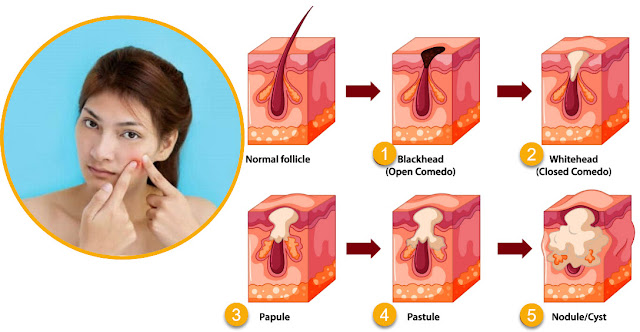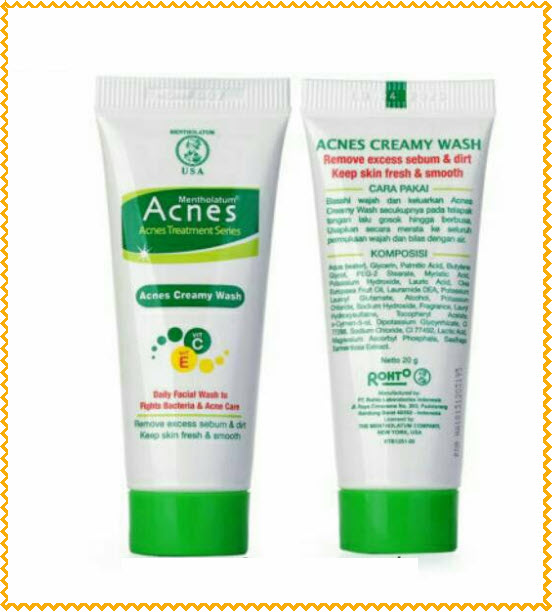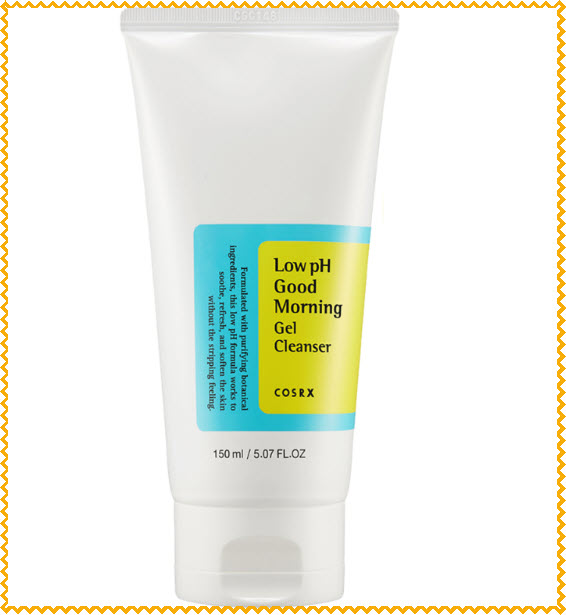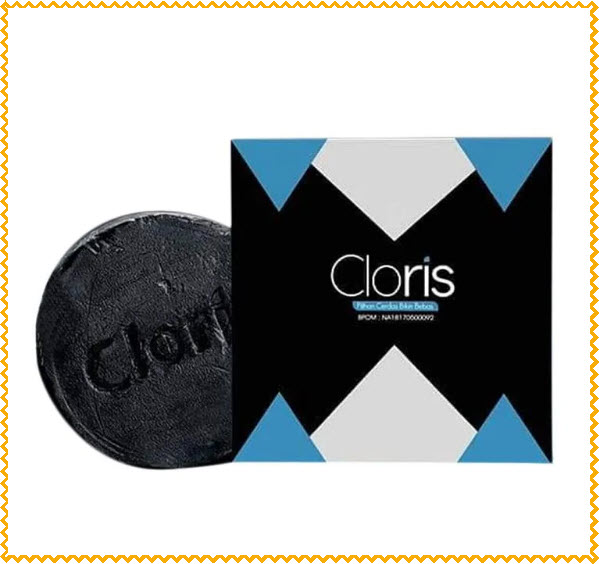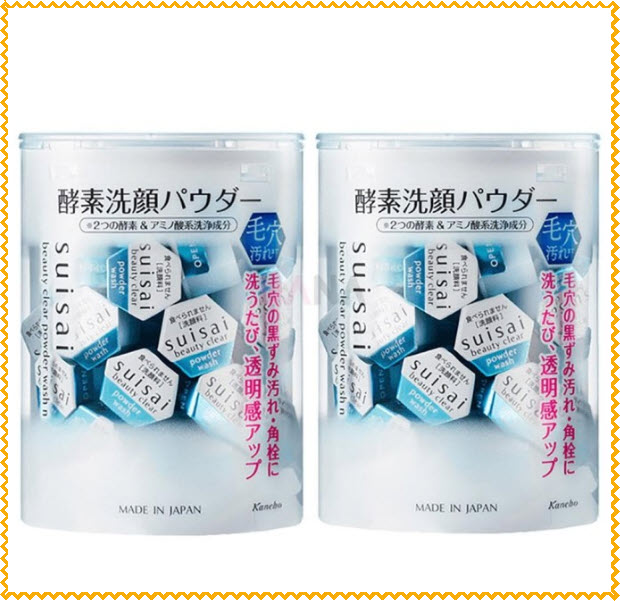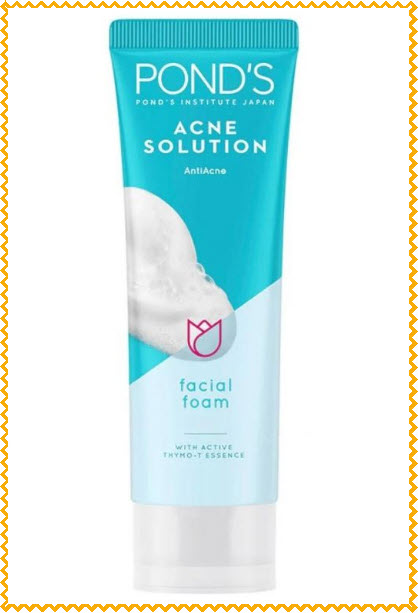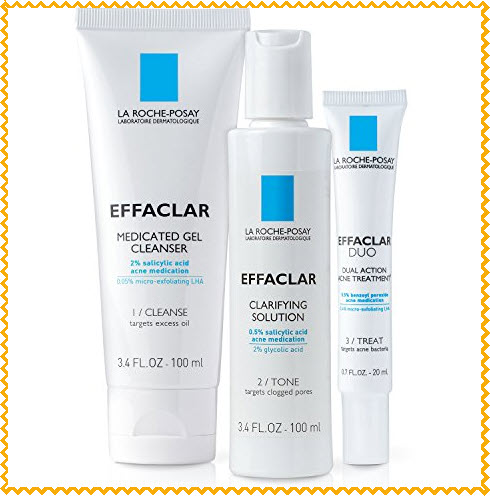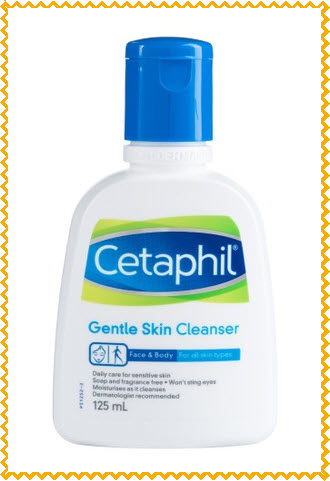Acne is one of the skin problems that everyone has experienced regardless of age and gender. Washing your face is an important activity so that you avoid acne. How to treat acne differs depending on the type of acne and the skin condition of each person.
This time, plengdut.com will provide tips on choosing and recommending face wash products for oily and acne prone skin. Apart from Cethapil, Garnier, Pond's, and Acnes, there are many facial wash products for acne prone skin.
Why does the face become acne prone?
To prevent pore clogging, you don't need to wash your face with products that contain strong cleansing ingredients. However, choosing a facial cleanser that is suitable for your skin type is preferable. If you choose the right products and wash your face properly, pimples won't stay on your face for long!
There are four factors that contribute to acne prone. Some of these factors are clogged pores or follicular estuaries and excessive production of sebum or oil glands.
In addition, acne prone can arise due to the presence and activity of Propionibacterium acnes bacteria and inflammation. Each of these causative factors are interrelated with each other and occur under the influence of hormonal factors, namely androgen hormones.
How to choose a face wash for acne prone skin?
Choosing a face wash based on skin type and acne type is an important point that should not be missed. Next, we will explain in detail the points that need to be considered when choosing a face wash.
- Choose a cleanser that matches your skin
Acne is divided into two types, namely teen acne and adult acne. The causes vary, so you need to choose a facial cleanser that suits the type of acne.In general, teenage acne appears in the T zone, namely the forehead and nose, which is caused by excess sebum production. If you want to completely treat pubic acne, choose a product that is effective at removing excess sebum. Foam face wash or foam with a high level of cleansing power is also recommended.On the other hand, adult acne appears around the U zone, namely the cheeks and chin. This one acne is usually caused by stress, dry skin, and lack of sleep. If you have trouble with this type of acne, avoid scrubbing your face. You should also avoid products with high cleaning power, which can strip away too much sebum.The purpose of cleaning products or cleansers on acne prone skin is to clean dirt and sweat. In addition, cleansers are also intended to clean excess oil, cosmetic residue, and bacteria on the surface of the skin without making the skin dry and irritated. The ideal cleanser for acne prone skin should be non-comedogenic, non-acnegenic, non-irritating, and non-allergenic.
- Check whether the product contains active ingredients
If you want to prevent acne breakouts, you may want to choose a facial cleanser that is labeled medicated. This type contains a number of active ingredients that are suitable for acne prone skin, such as the following:
- Anti-inflammatory ingredients: Dipotassium glycyrrhizinate, allantoin, stearyl glycyrrhetinate.
- Antiseptic ingredients: O-Cymen-5-OL (Isopropyl methylphenol).
- Ingredients for thick and hard skin problems: Salicylic acid (salicylic acid).
With not too many active ingredients, of course this medicated product is not as effective as pharmaceutical drugs or doctor's concoctions. However, you can still use it for acne prevention. It should be noted, acne is not guaranteed to heal one hundred percent even if you choose medicated products over regular cleaning products.Medicated cleansers that contain active ingredients such as benzoyl peroxide, sulfur, and salicylic acid (BHA) can help heal acne. Other cleansing ingredients that can be used to clean and control oil on the surface of the face are Zinc PCA and kaolin. Ingredients that function to soften keratin such as AHA and BHA can also cleanse and control oil on the face.There are also facial cleansers that contain moisturizers such as glycerin, propylene glycol, and others. This moisturizing content is used to help repair the skin barrier and reduce the dry effect after washing the face. Use a facial cleanser that contains a moisturizer or gentle cleanser if your skin feels dry from the acne treatment.
- Make sure the product is tested for noncomedogenic
A noncomedogenic test is performed to ensure that the oil content in the product will not trigger acne or clog pores. Products that have passed the test usually get a "Noncomedogenic" claim on the packaging.Of course, even though it has been tested, it doesn't mean that this product is able to prevent acne due to other factors. Facial cleansers labeled noncomedogenic are generally also quite expensive in the market.Make sure the product you are using is labeled non-comedogenic. With this label, it means that the product does not clog pores or cause blackheads to form.Even though it is labeled non-comedogenic, it does not mean that the skincare product is 100% unable to cause blackheads. To see whether a skincare product can cause blackheads or not, you need about 4 weeks to find out.
To deal with acne prone skin problems, go to a dermatologist first
When you experience serious enough acne skin problems, you can immediately see a dermatologist. Some acne problems may require special treatment. So, you can't take it for granted, especially if the pimples appear repeatedly, cause scars, and are painful. Therefore, please go to the nearest dermatologist's clinic to cure it and prevent acne from coming back.
If your acne is not that bad, you can use over-the-counter skincare or over the counter (OTC) products. Choose products that contain salicylic acid or BHA, AHA, sulfur, niacinamide, tea tree oil, and retinoids such as retinol esters, retinol, or retinaldehyde.
If this OTC product works well, acne improvement will be seen from the 4th to the 6th week. Conversely, if the acne does not get better and is getting bigger, consult a dermatologist immediately. Likewise for those of you who have moderate to severe acne severity, you should immediately consult the nearest skin specialist.
How many times a day wash your face for acne prone skin?
You may have heard rumors that it is better not to wash your face when you have skin problems with acne. Of course, this prohibition against washing your face is completely wrong.
The right advice is that you shouldn't over-wash your face. For washing your face, the recommended time is a maximum of two times a day. If you are worried that your skin is getting oily, washing your face too much will have the opposite effect.
You can wash your face after waking up or before going to sleep, then check your skin condition. If you have oily skin, feel free to wash your face, but make sure your skin won't dry out afterward.
Acne, including sensitive skin. Cleaning your face too often and scrubbing your face can make acne worse. For that, it is enough to wash your face twice a day when going to bed, waking up, or when your face is sweating a lot.
How to treat acne prone skin?
All the facial soap products that we discussed above are certainly effective for treating acne prone skin. However, the benefits will not be maximized if you do not wash your face properly. Below, we'll share the tips!
To minimize irritation, wash your face gently with foam
The correct way to wash your face is as follows:- Wash your hands, then wet your face with warm water with a temperature of 30 degrees to 36 degrees Celsius,
- Pour enough cleaning soap to foam,
- Wash your face with foam for 20 seconds starting from the T zone, namely the nose and forehead which tend to be oily, and
- Rinse thoroughly with warm water, then dry with a towel.
- Don't forget to wash your hands with warm water first before starting the initial stages. Lather as much as possible, then rub it gently on your face. Try not to put too much pressure on your face.
In fact, the lather will shed sebum as soon as you rub it on your face. That's why you don't have to wash your face for a long time. After twenty seconds, you can rinse your face with warm water. To dry your face, you just need to gently press your face with a towel. Avoid rubbing your face with a towel so as not to irritate the skin.
- Wash your hands, then wet your face with warm water with a temperature of 30 degrees to 36 degrees Celsius,
- Pour enough cleaning soap to foam,
- Wash your face with foam for 20 seconds starting from the T zone, namely the nose and forehead which tend to be oily, and
- Rinse thoroughly with warm water, then dry with a towel.
- Don't forget to wash your hands with warm water first before starting the initial stages. Lather as much as possible, then rub it gently on your face. Try not to put too much pressure on your face.

